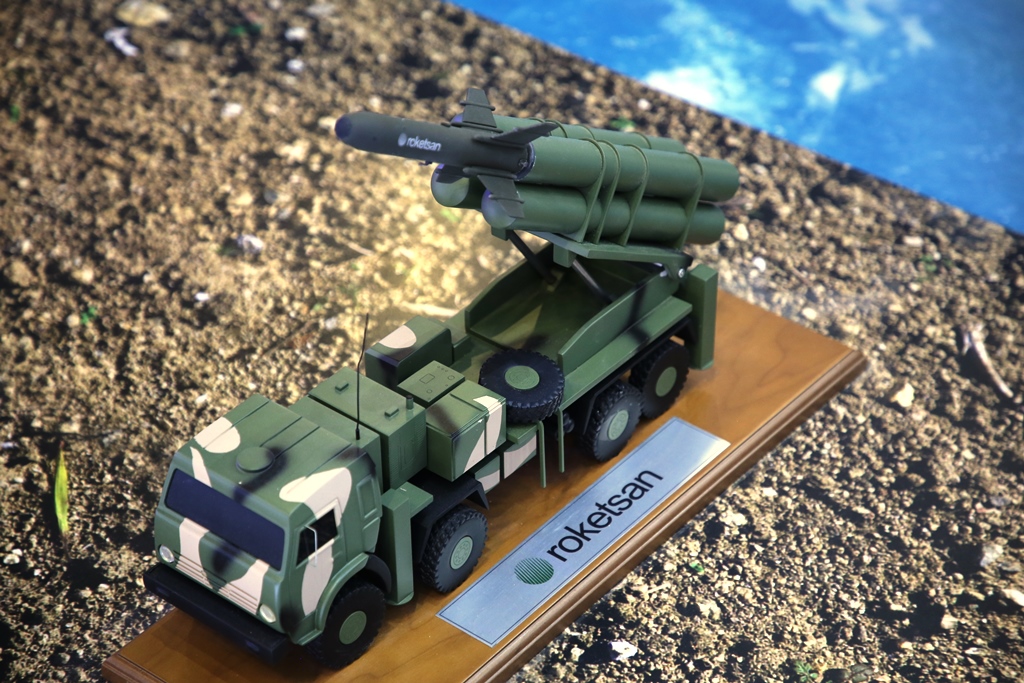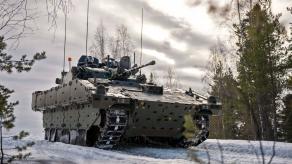Turkish missile maker Roketsan is planning to complete all the works and tests on its KARA Atmaca project by 2025, writes Oryx. The project is set to remake the Atmaca anti-ship cruise missile so it can hit ground-stationed targets as well. The new KARA Atmaca would be adopted by the Turkish ground forces in the same 2025.
Although the KARA Atmaca cruise missile will have a warhead of only 250 kg and a firing range of up to 280 km (like the basic version), such characteristics will be quite sufficient to defeat the positions of the Greek air defense systems covering the airspace over the Aegean Sea if a "big war" breaks out between Greece and Turkiye.
Read more: Turkey Supplied Ukraine With the DPICM Cluster Shells

The authors of Oryx also emphasize that Turkey has currently taken strengthening its own missile arsenal quite seriously. For example, although the KARA Atmaca missile is already structurally adapted for launch from submarines, the Turkish defense industry is developing a separate "Tomahawk-like" sea-based Gezgin cruise missile, which should hit ground targets at a range of up to 1,000 km.
In turn, Roketsan designers decided not to create a separate mobile launcher for the KARA Atmaca – instead, they decided to reproduce a technological solution that we can see, for example, in one of the projects on the South Korean K239 Chunmoo missile system. That is, to create a universal mobile launcher to fire guided missiles of various types. In the case of the KARA Atmaca project, such a launcher will also be able to fire TRG-300 short-range tactical rockets and TRLG-122/230 laser-guided missiles.

First presentation of the KARA Atmaca project took place in September 2021. The key difference of this cruise missile from the original anti-ship Atmaca is in its inertial guidance system instead of radar homing, while the rest of characteristics were preserved. And so it turns out that it will take at least 4 years to put the "land" version of Atmaca into service, taking into consideration the entire cycle of necessary work. In particular, Roketsan still has yet to create this universal mobile launcher.
To try and adjust this missile for an already existing launcher such as M142 HIMARS, for example, is another challenge in terms of technology. Because now, besides Turkiye, only the USA (LRASM for the M142 HIMARS launcher) and South Korea (adapting Naval Strike Missile for the K239 Chunmoo) are developing such works. Apparently, Turkish Roketsan considers this nuance when it states the deadlines for the project.

Moreover, quite possibly, the attempt to carry on several developments on long-range missiles simultaneously with limited resources can lead to delays in all projects at once. And it seems that this factor is also reflected in the estimated terms of work on the ground version of KARA Atmaca.

Read more: How North Korea Manufactured Its Copies of the T-62 And T-72, And Will Such Tanks Be Supplied to russia














